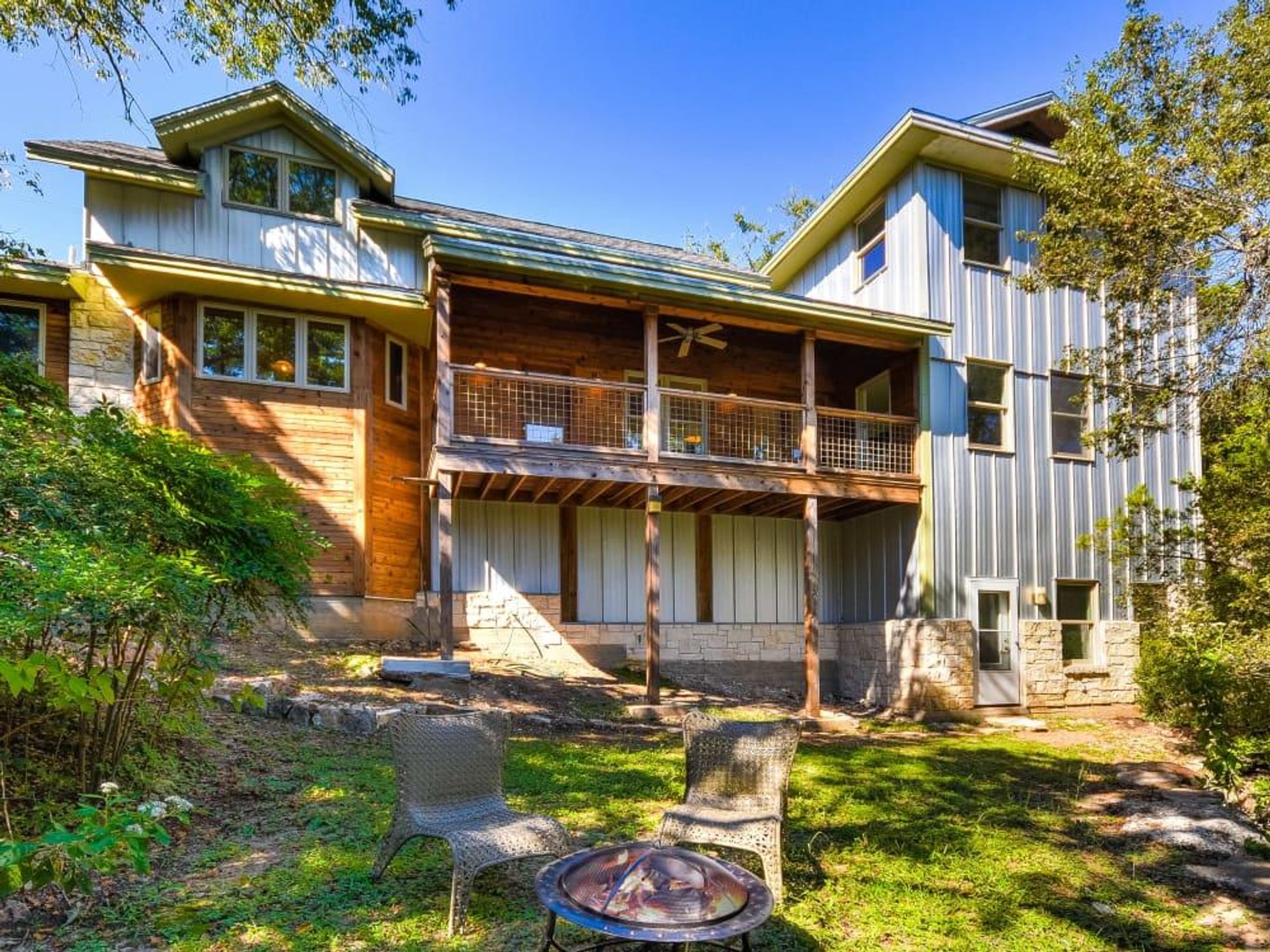Wide Open Spaces
Austin boasts biggest share of large-acreage homes among top Texas metros

Thousands of homeowners in the Austin metro area are truly able to appreciate wide open spaces.
A CultureMap analysis of U.S. Census Bureau data finds that 6.6 percent of single-family homes in the Austin area sit on at least 5 acres. That’s the largest share of big-lot homes among the four major metros in Texas.
In the San Antonio area, 5.9 percent of single-family homes are situated on at least 5 acres, the Census Bureau data shows. In the Dallas-Fort Worth area, it’s 2.5 percent, and it’s 2.1 percent in the Houston area.
To come up with the acreage statistics, CultureMap reviewed data from the Census Bureau’s 2013 American Housing Survey (Austin and San Antonio) and 2015 American Housing Survey (Dallas-Fort Worth and Houston). Austin and San Antonio were not included in the 2015 survey.
Brandy Guthrie, 2017 president of the Austin Board of Realtors, partly attributes the abundance of large-acreage lots in the Austin area to the fact that since much of the region’s land remains undeveloped, rural properties and “ranchettes” still are common around the region.
Additionally, she says, “the Edwards Aquifer and Colorado River running through the region has naturally led to a higher number of lakeside and riverside properties in our region, all of which typically have higher acreage counts.”
In 2015, the region including the Austin, Killeen-Temple-Fort Hood, and Waco metro areas, along with the Hill Country and Highland Lakes areas, led the state for the most sales of small tracts of land, according to a report from the Texas Association of Realtors. In that region, “small” refers to tracts 49 acres or less, with the average size in 2015 being 20 acres. In many cases, buyers are snapping up these plots for vacation properties or second homes.
Leslie Rouda Smith, immediate past chairwoman of the Texas Association of Realtors, says: “As our state’s population and economy have continued to grow, so has the number of Texans looking for getaway homes or development opportunities.”
Charles Gilliland, chief economist with Texas A&M University’s Real Estate Center, says investing in Texas land can yield better returns than traditional investment opportunities.
“More Texans are purchasing land for recreational purposes or a vacation property, knowing that if they sell in a few years, there’s a good chance they will see a strong return,” Gilliland says.
